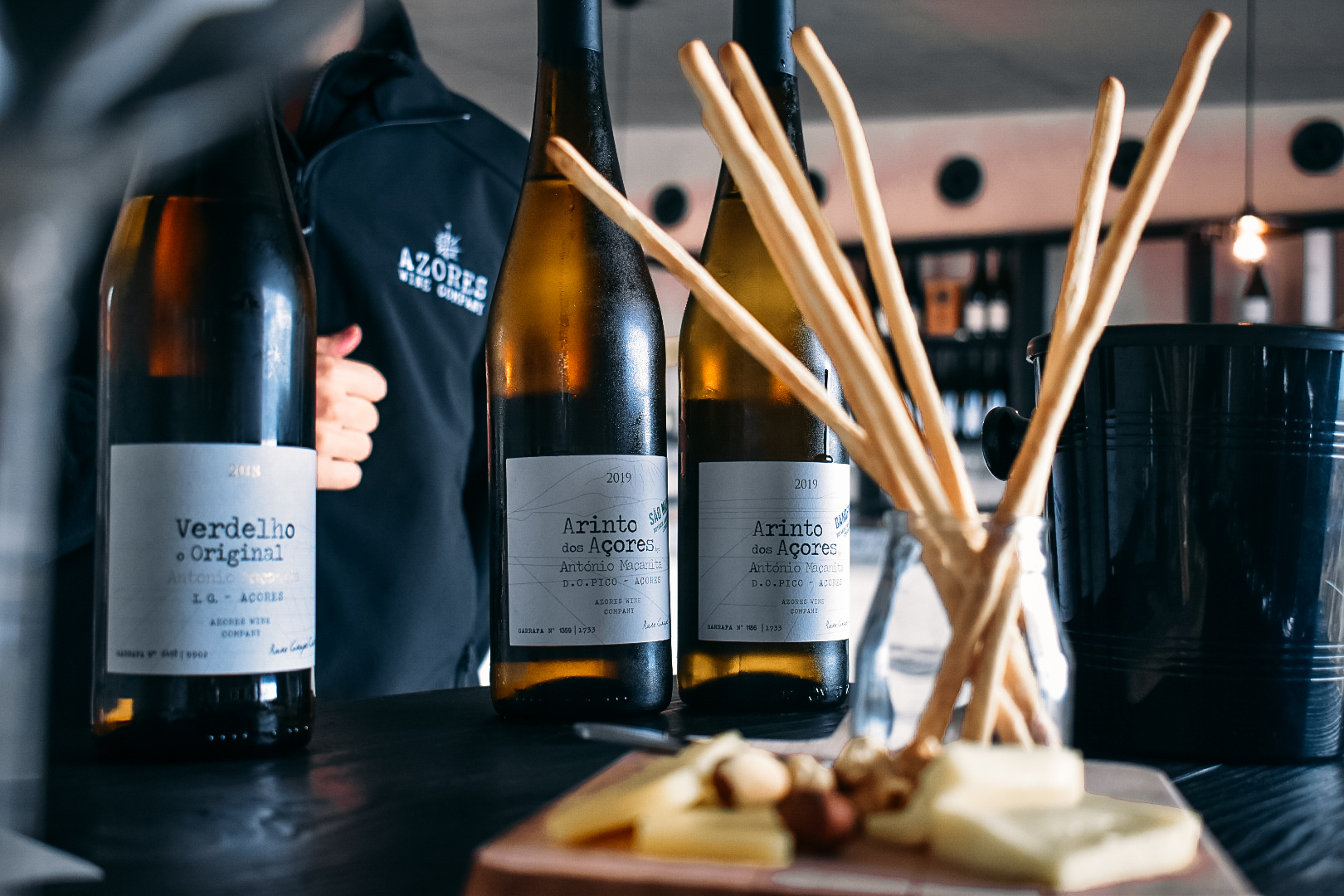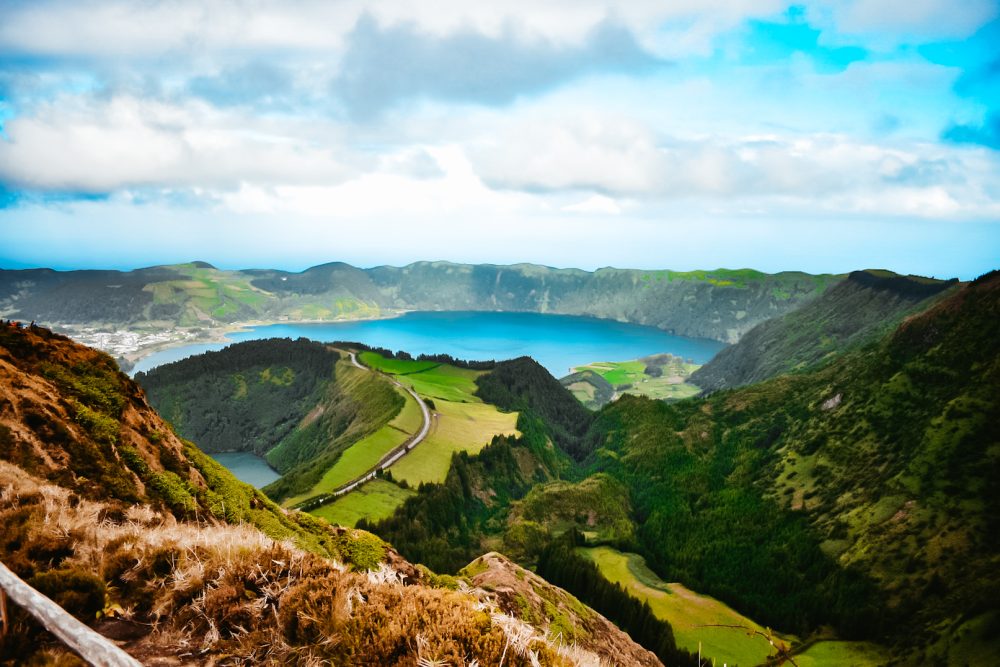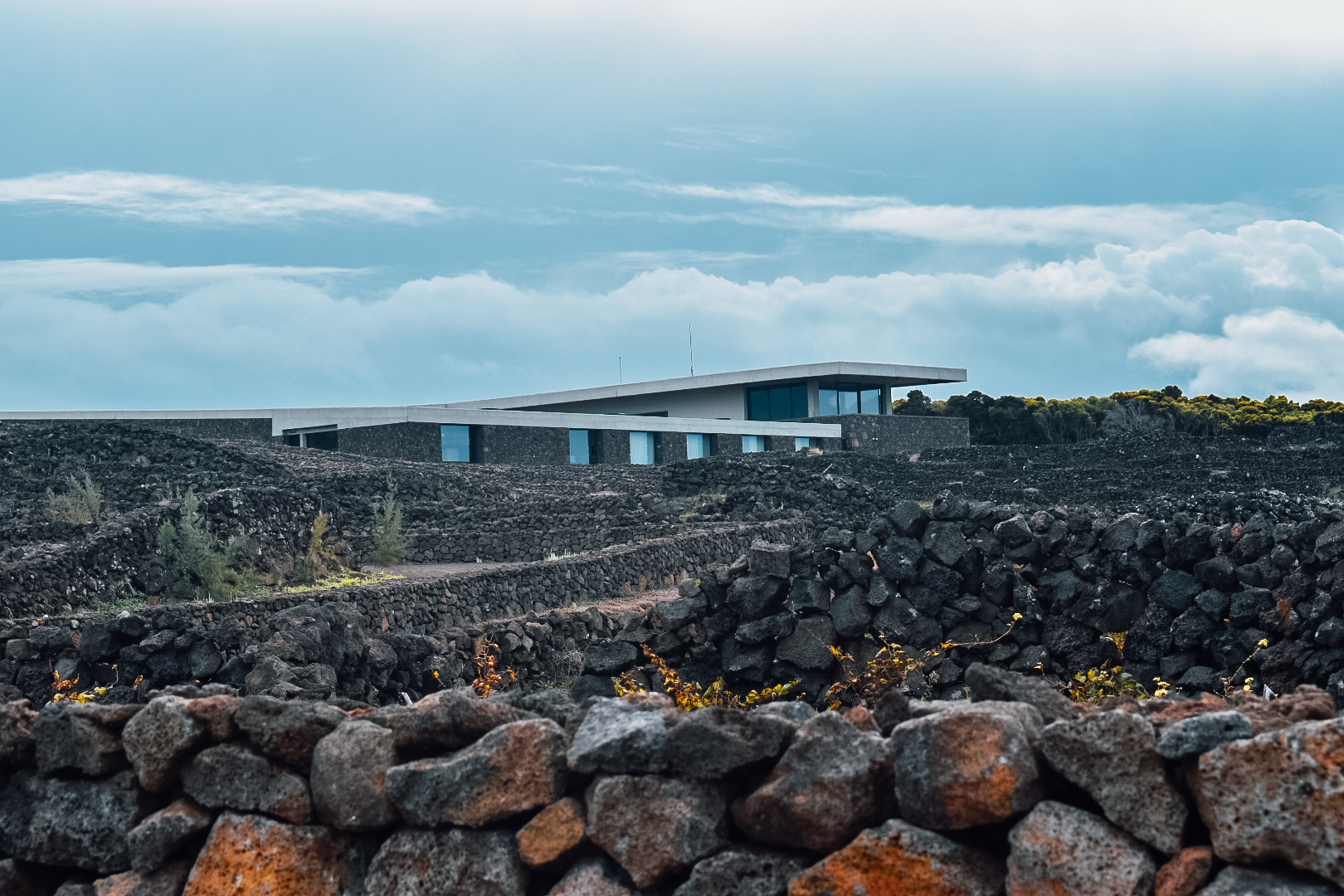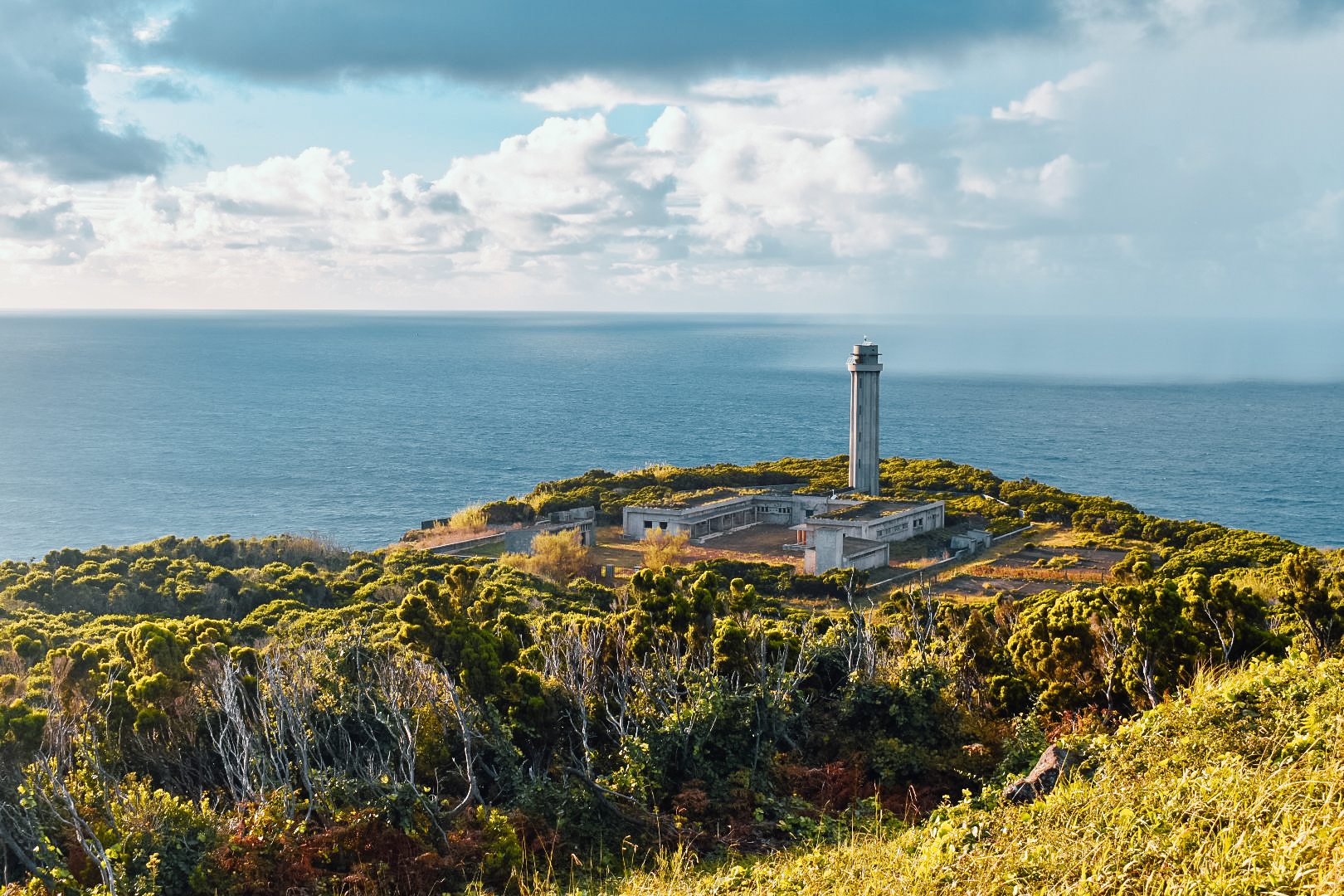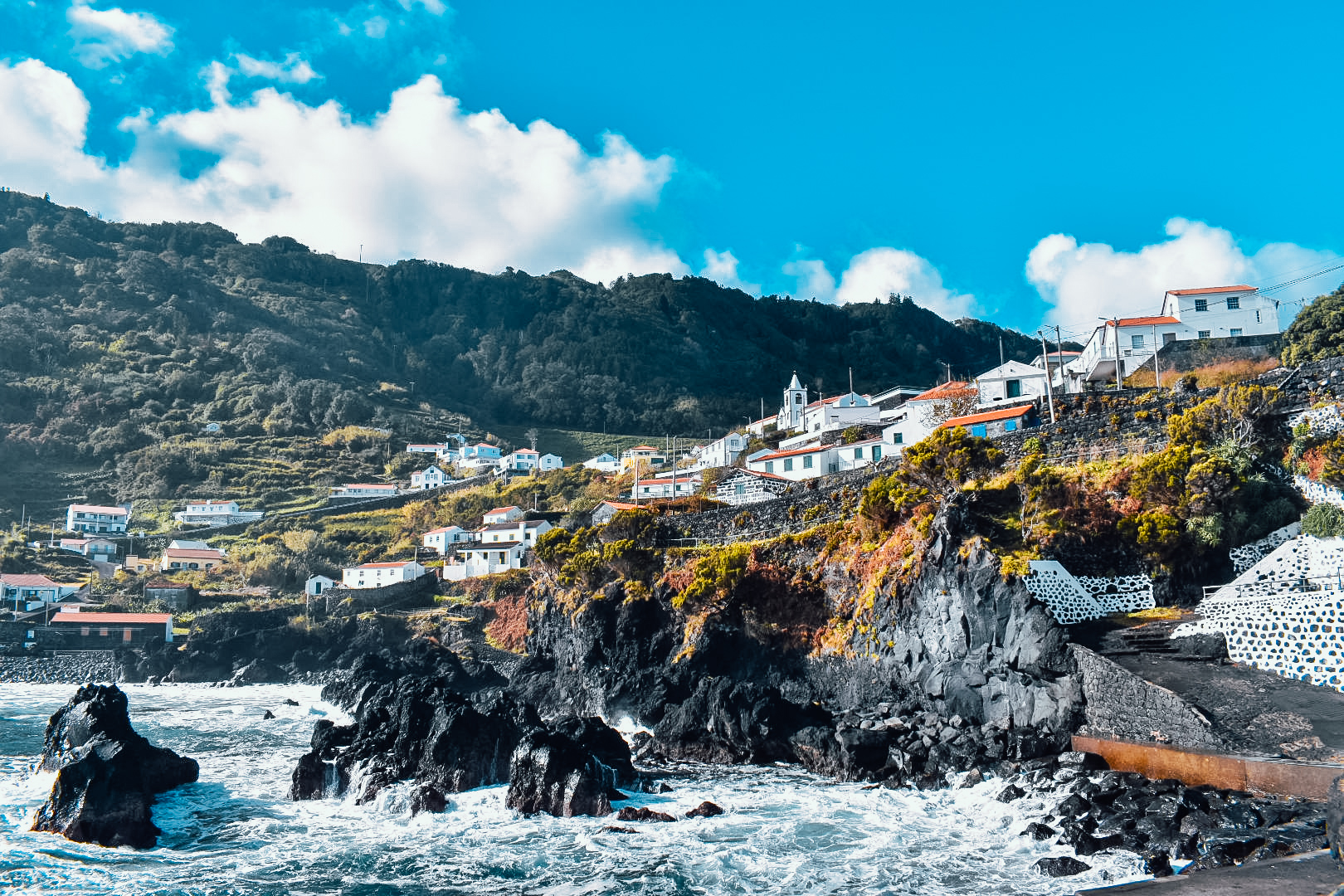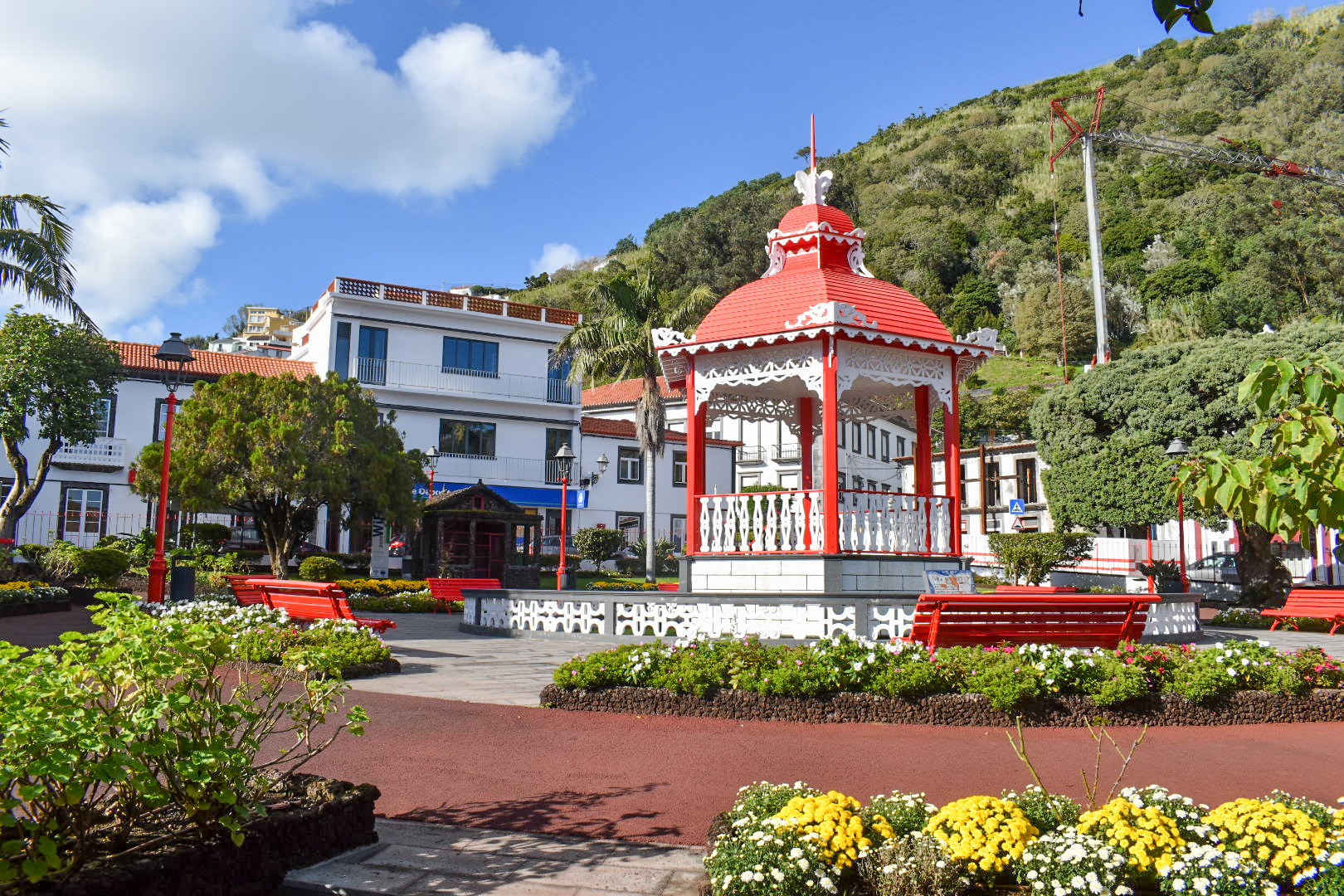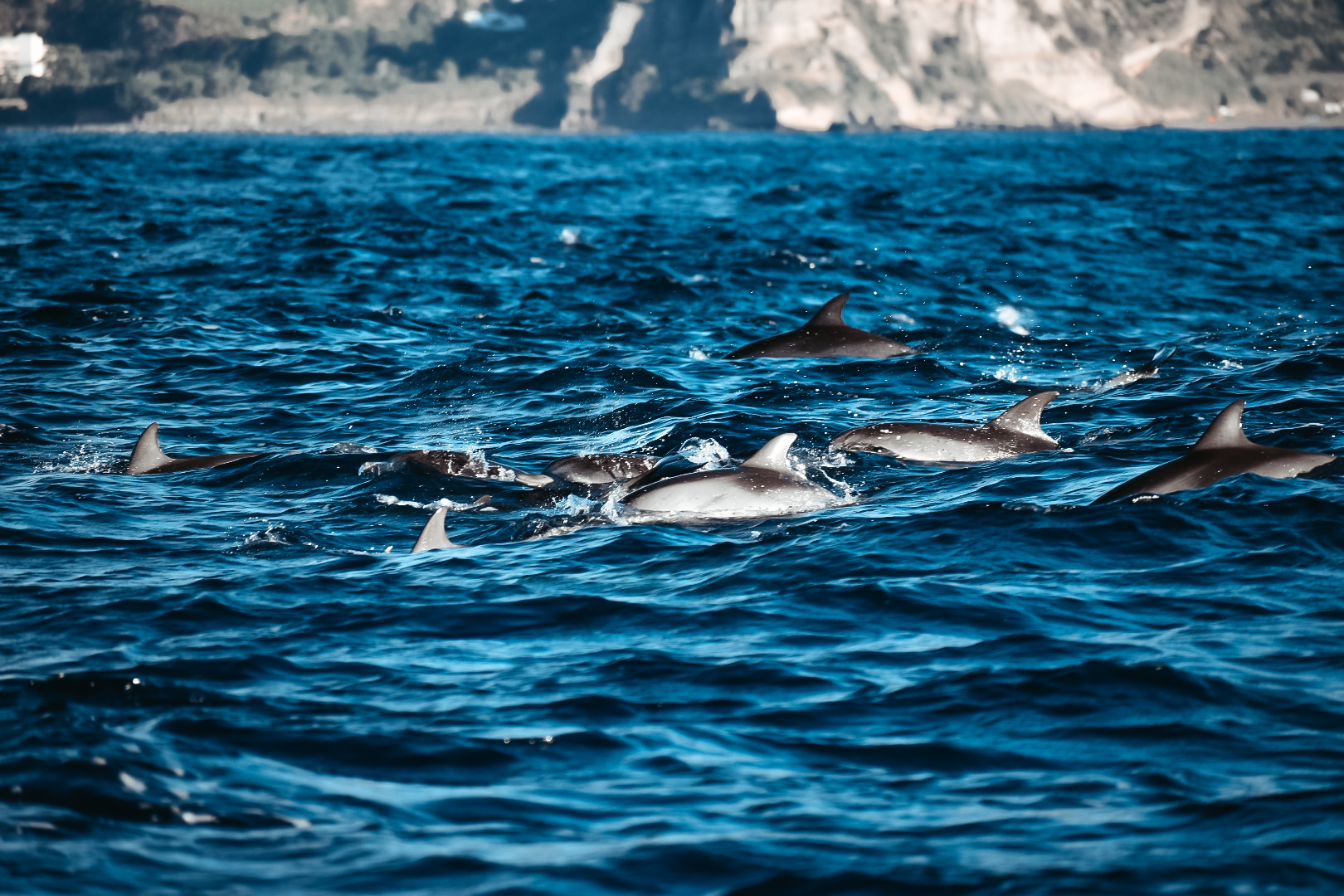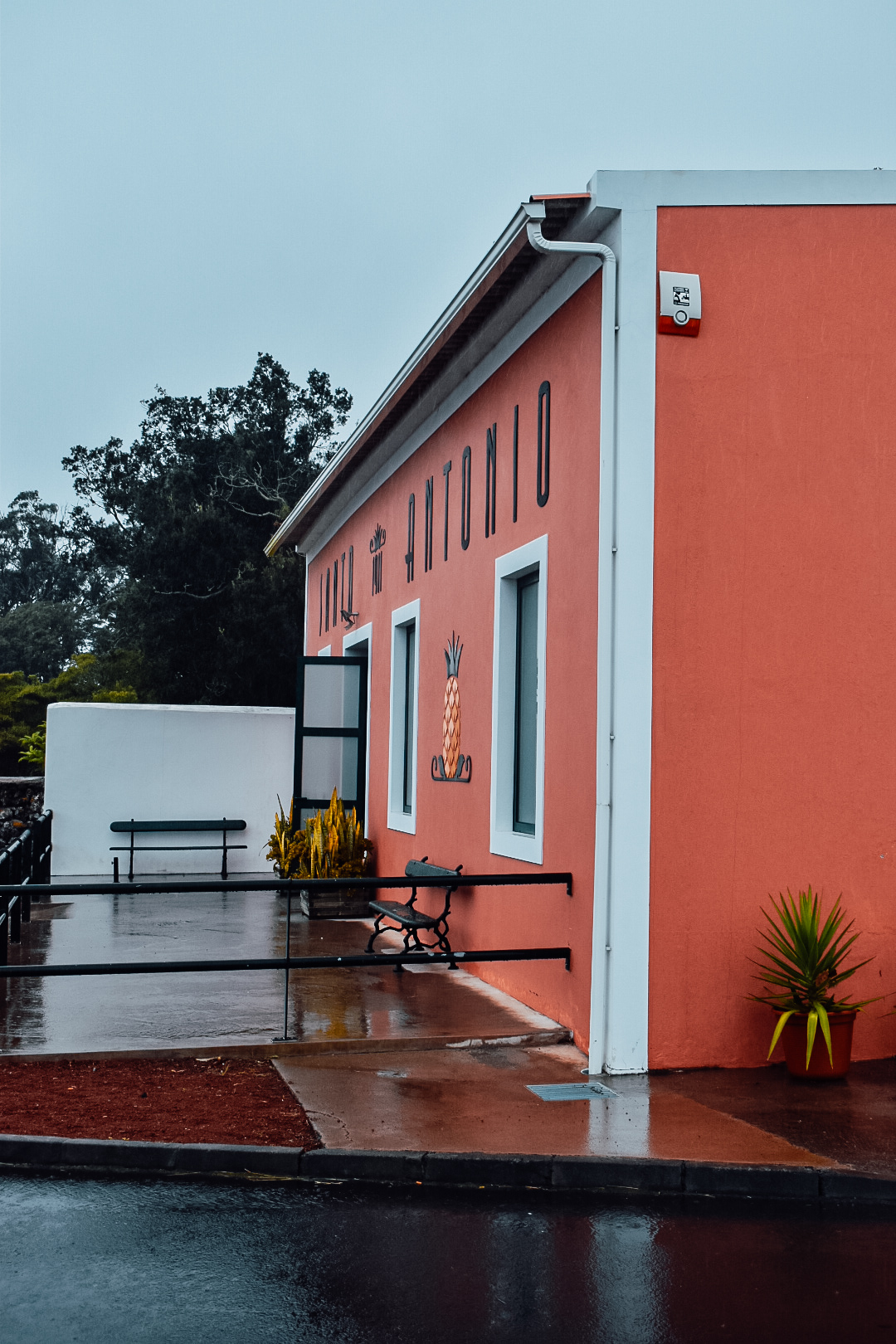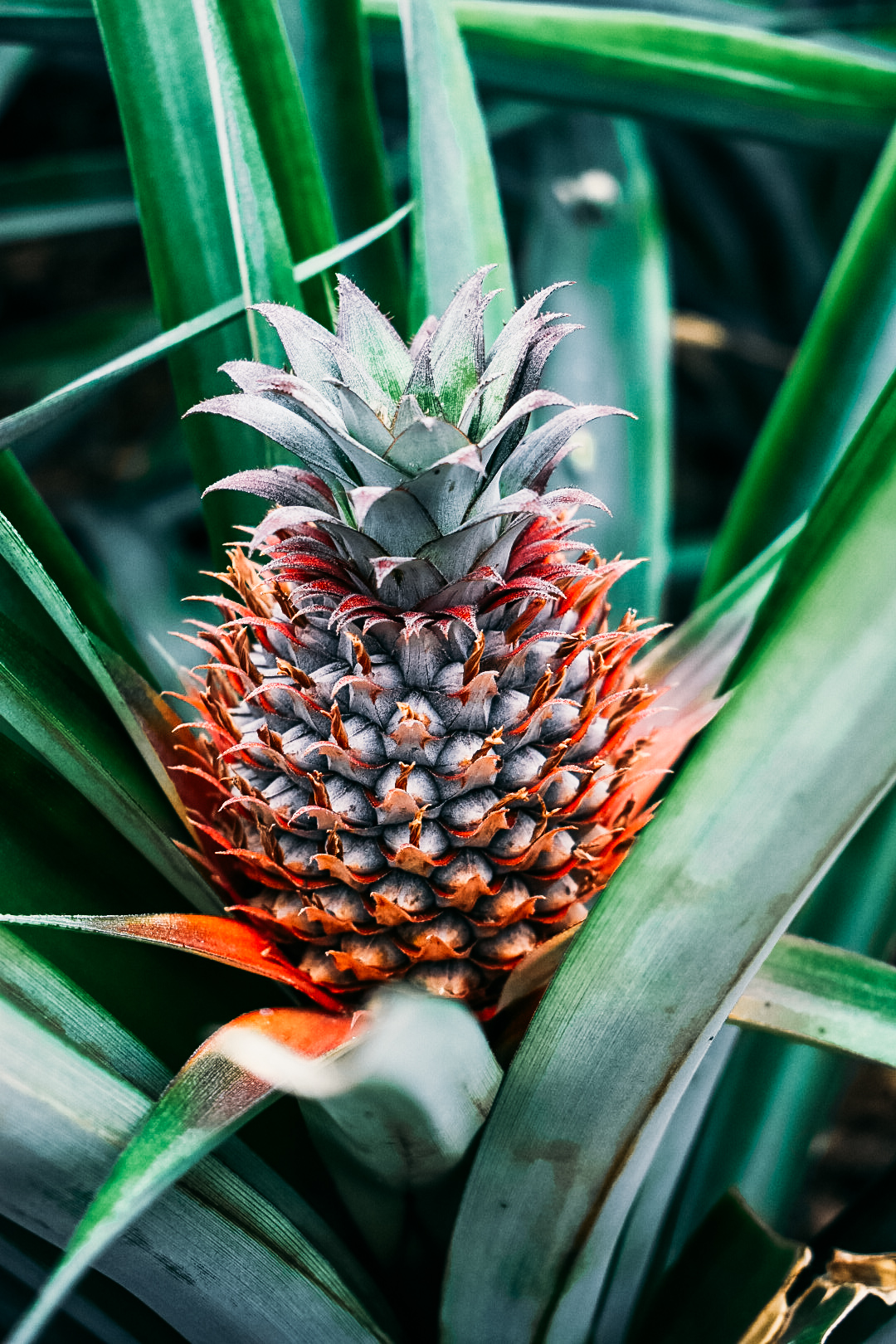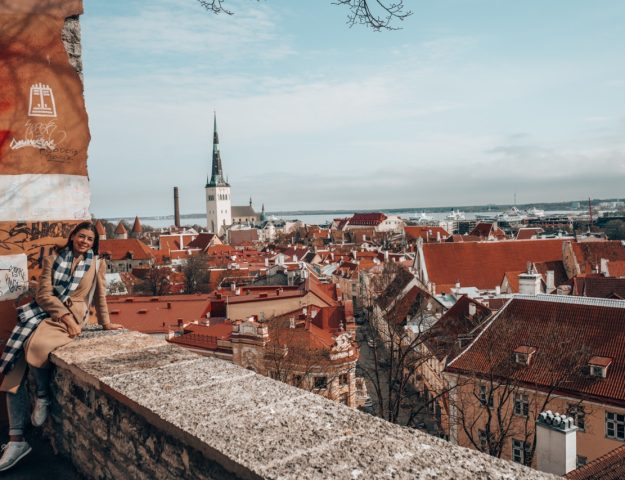Azores. The Hawaii of Europe. And they truly are. Especially the island of San Miguel. And probably Flores, which we didn’t visit this time. But interestingly, the islands are insanely different from each other (they are also quite different in age), and each has its own landscape, way of life and main “business”. We visited San Miguel, San Jorge and Pico. The first one is like a real tropical island, full of greenery, lakes and tea plantations. The second, less vegetated, less populated, but full of cows and excellent cheese. The third is another story completely, famous for its special vineyards (low, enclosed in rocky pens) and its wine.
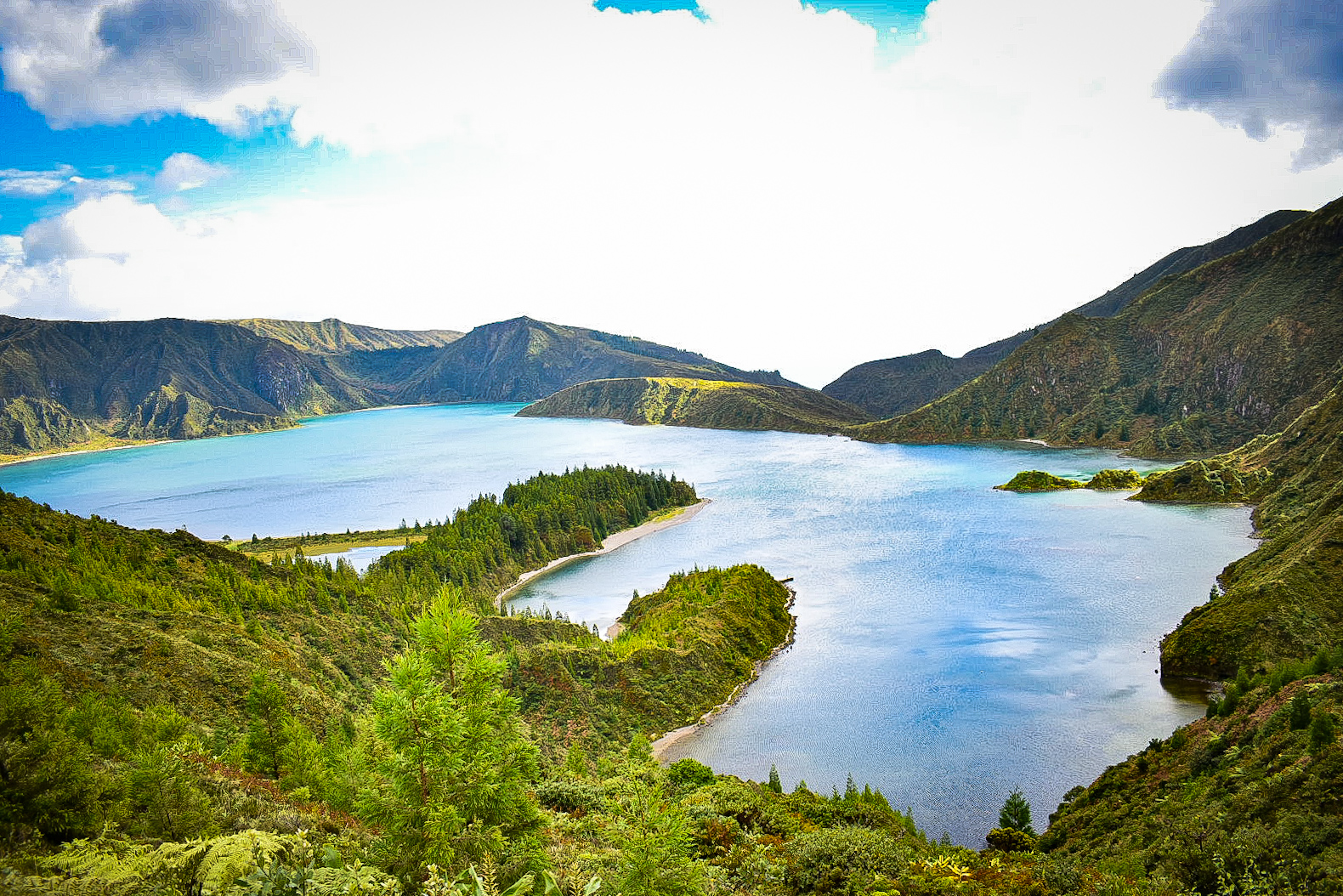 This blog will be a little different. It will be more about useful tips for visiting the islands, renting a car, island hopping and similar details. And full of pictures. For the exact itinerary of our trip and the places we visited (day-by-day plan), I’m attaching a presentation I prepared for our family and friends. It will be faster, clearer and more picturesque. And you already have the programme for the 13-day visit to the Azores pretty much ready 🙂
This blog will be a little different. It will be more about useful tips for visiting the islands, renting a car, island hopping and similar details. And full of pictures. For the exact itinerary of our trip and the places we visited (day-by-day plan), I’m attaching a presentation I prepared for our family and friends. It will be faster, clearer and more picturesque. And you already have the programme for the 13-day visit to the Azores pretty much ready 🙂
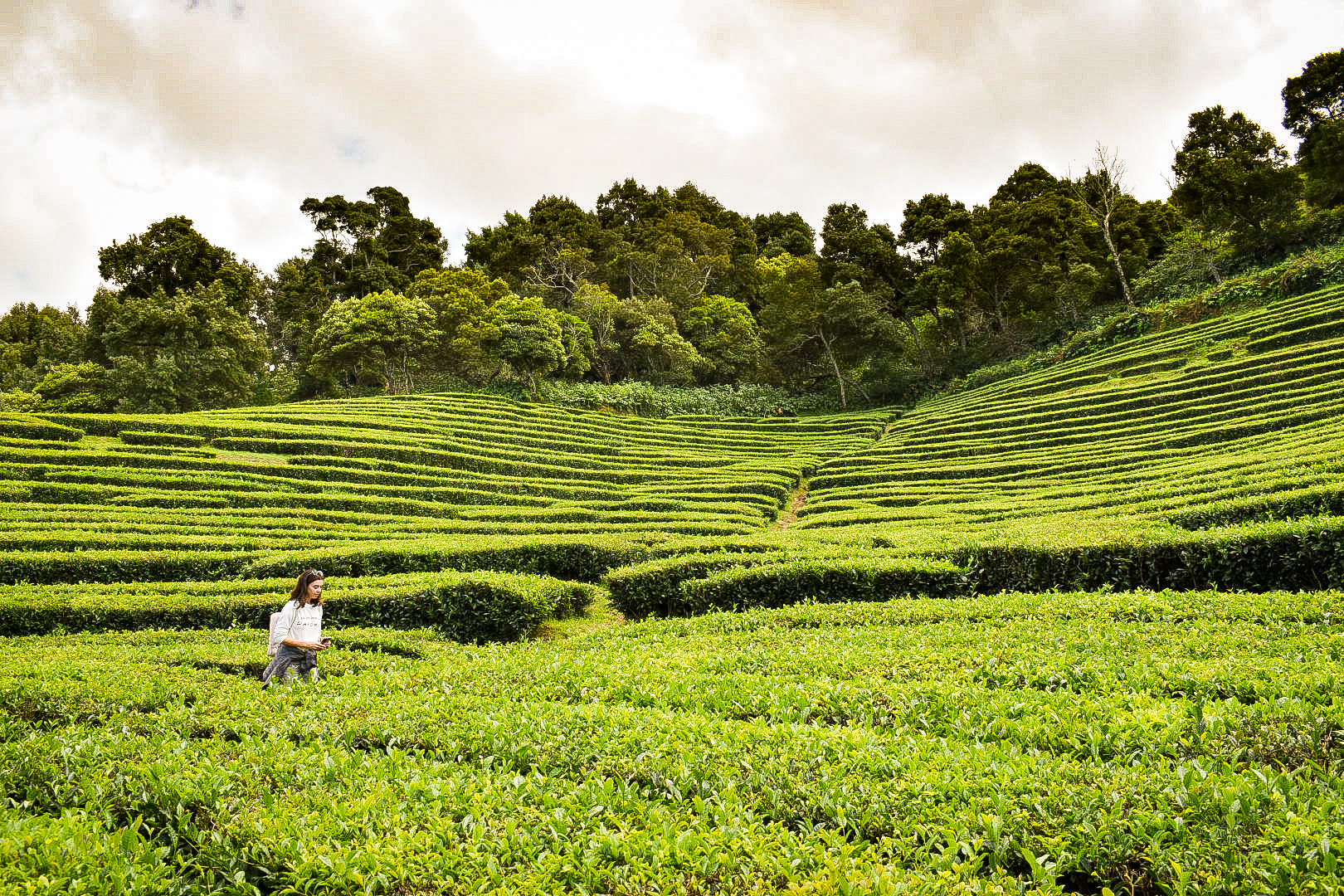
What stuck in my mind the most are the donkey walks, whale watching, Sete Cidades, and Parque natural on San Miguel, the “wild” trail to the lighthouse on the west side of San Jorge, and the vineyards overlooking the volcano on Pico. It is hard to say that I disliked anything (apart from the journey there and back) in the Azores. If I had to pick one thing, I would say you can leave out the Cella bar on Pico Island. It’s an interesting building, but the food is unremarkable and expensive. Maybe just stop for a quick drink on the way to the wine tasting instead.
→ trip programme in photos and words (some parts are in Slovene, but you’ll get the point :))
The Azores can be reached from mainland Europe by several airlines. We flew with Tap Portugal, which I strongly advise against. The other two airlines that fly from Lisbon to San Miguel are Ryanair (which we used to return home after unsuccessful arguments with TAP which simply cancelled our flight home) and the local Azorean airline SATA (Azorean Airlines), which takes about two and a half hours. Just getting to the island is amazing, as from the plane you can see the whole island before landing in Ponta Delgada. In normal weather conditions you will want to be on the right side of the plane 😉
The roads in the Azores (at least on the three islands we visited) are reasonably good, so you can easily rent a car and drive around on your own. This way you are also the least tied to the public transport schedule and also the most able to adapt your plan. The Azores are known for their fickle weather, so it’s nice to have a couple of days “in stock” so you can adjust your week.
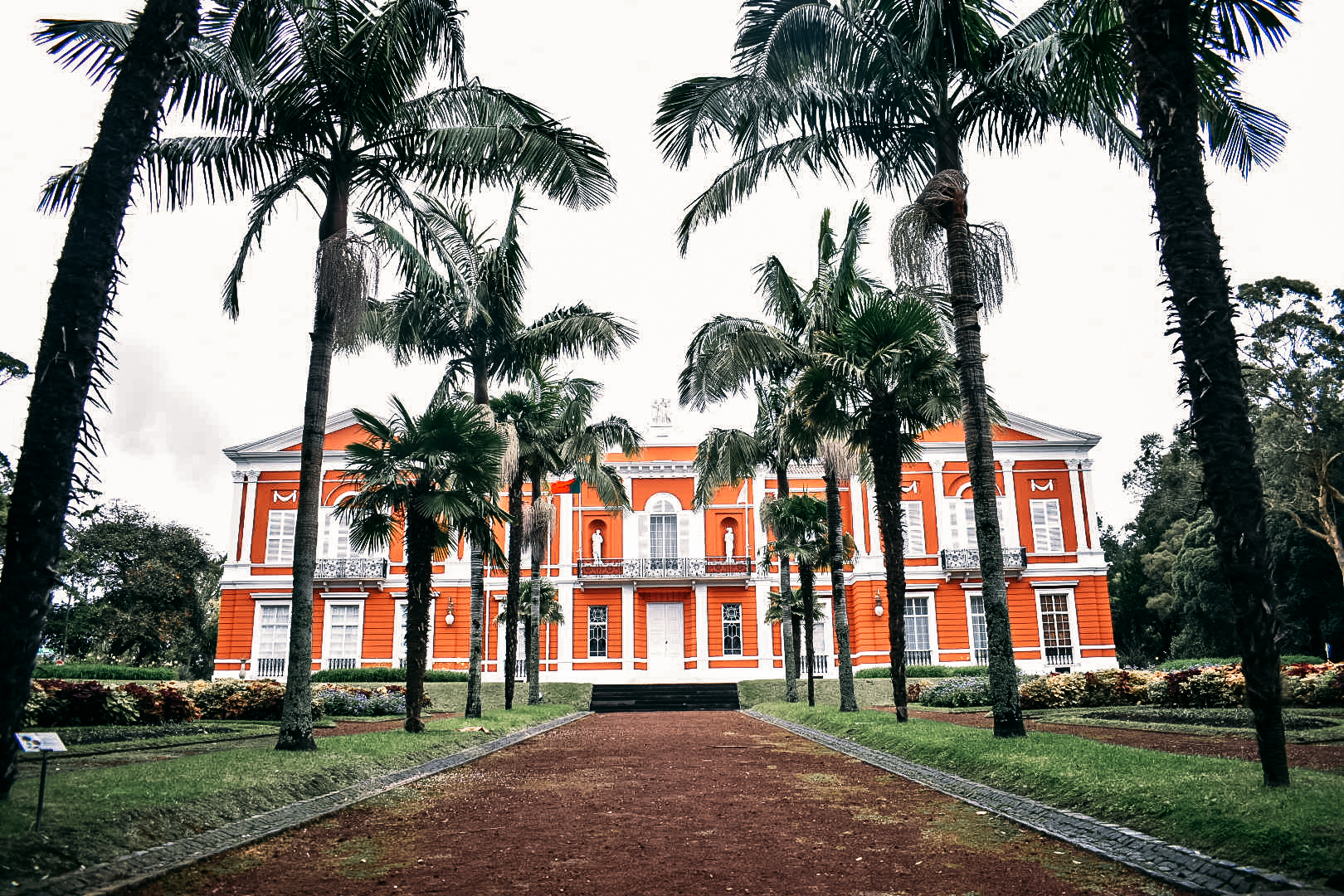
Top tips:
- Rent a car – we rented a car on the first and second island from Ilha Verde. On San Miguel, the service was really good, the car was well maintained, and everything was fine. On San Jorge, however, you’d better take a good look at the car before you drive it (and that’s with any provider). Ours had a bit of chassis separation, and the fuel consumption computer said 99.9l on the way down the hill. Their reply: “Well, maybe there is just something wrong with the computer, ha?” Solution: we check that the fuel is not flowing out of the car, take a couple of deep breaths, and go on with our planned route. Oh, p.s. If you have problems with uphill driving, you should get a slightly better car, automatic transmission and with hill start assist.
- Sleep in a hotel/accommodation that allows the use of a kitchen – we didn’t really like the food in most restaurants (except Taka Tula beach bar and the local farmers’ association restaurant), and most of the restaurants look pretty “rough”. A local shop and accommodation with a shared kitchen proved to be the perfect solution. On San Miguel Island, we can really only recommend the Vulcanic Charming house – location, cleanliness, breakfast, kitchen. And really, yogis and pillows! We still miss them today.
- Keep an eye on the webcams and be flexible – the weather in the Azores changes really quickly and it supposedly never rains all day, but you might look at the cameras when you leave the hotel and see beautiful weather at the Sete Cidades lakes, then within half an hour when you get to them, their are in thick clouds and rain. No problem, though. You can wait a bit, or you can come another day. That is island life.
- Stop along the way – some of the best views we’ve had have been exactly that – “Oh, look at that! You can stop right there! Give me my camera quick!” There are plenty of views like that, and not just at the points I’ve listed in the programme.
- Bring an old swimsuit and a towel you’re willing to throw away – San Miguel is also full of various springs that are popular bathing spots. But the water is mostly full of iron, giving it a brownish-orange colour, a memory that’s happy to linger on your swimsuit and towel. Our accommodation lent out yellow towels for free, but you can also use your old towel, throw it in the trash before going home and make room for some wine or cheese as a souvenir.
- Book whale and dolphin watching in advance. We chose the Azores Whale Watch, which also pays a lot of attention to ocean conservation and animal care. Most companies guarantee that you will see at least one animal – otherwise they take you again.
- Travel between islands by plane – Azorean Airlines has (mostly) daily flights between the islands, and each island has its own airport. In the autumn months (we visited between 20 October and 1 November) this is also the only option, but in the summer months there should be ferries between all the islands (which can take 12 hours or more). We only took the ferry between San Jorge and Pico, and that was on a beautiful sunny day, with calm sea and only a short distance (50 minutes), but I was so sick that I was really glad that it was the only ferry on our route.
- Pack all kinds of clothes – from long to short sleeves, a waterproof jacket and better walking shoes, an umbrella and sunglasses, and above all wear several layers. Temperature differences from the beach to the lakes at the top of the hill can be huge, so it’s best to pack everything you can in the car. You never know when something might come in handy.
